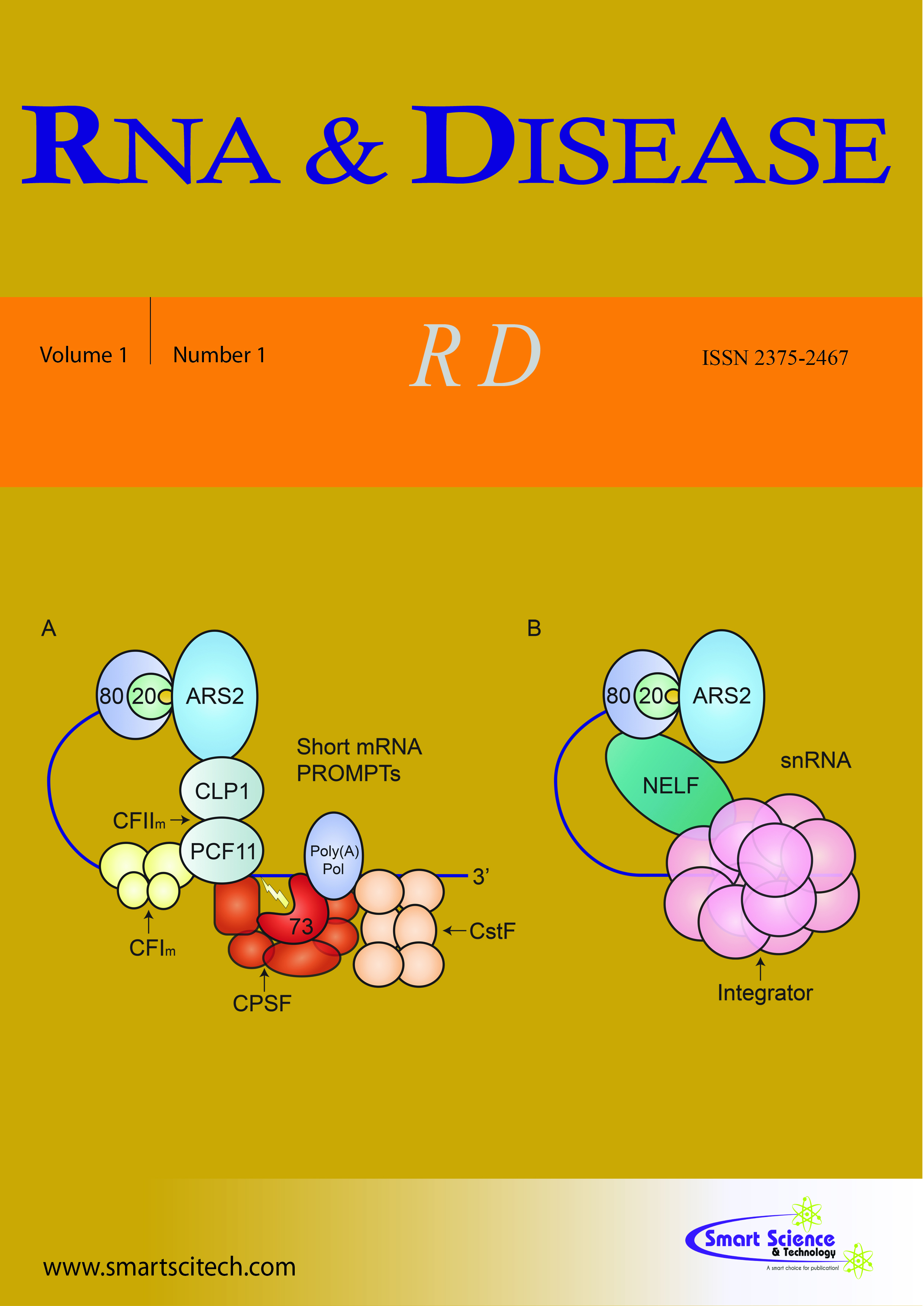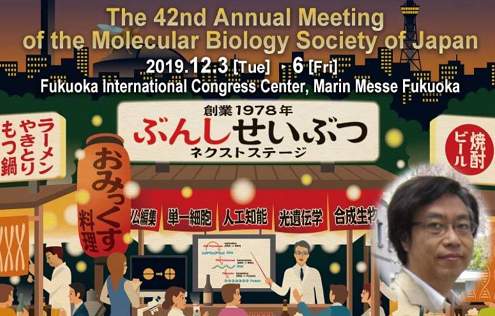RNA networks that regulate mRNA expression and their potential as drug targets
DOI: 10.14800/rd.864
Abstract
Natural antisense transcripts (asRNAs) transcribed from eukaryotic genes are primarily long transcripts that do not code for proteins. Transcriptome analyses have revealed that asRNAs exhibit diverse functional roles in the regulation of gene expression. In the case of inducible genes, asRNAs epigenetically affect their expression or post-transcriptionally affect stability and translatability of their mRNAs. Many low-copy-number asRNAs regulate the expression levels of mRNAs through cis-controlling elements in the mRNA in concert with trans-acting factors, such as RNA-binding proteins and microRNAs. Recently, a competitive endogenous RNA (ceRNA) hypothesis was postulated as the basis of a functional network, comprising mRNAs, asRNAs, and microRNAs. This network finely tunes mRNA expression by common microRNA-responsive elements being present among mRNAs and asRNAs, permitting the redirection of microRNAs between the two. Examples of the ceRNA-mediated cross-regulation of mRNA expression are observed in the phosphatase and tensin homolog mRNA network and the interferon-alpha1 mRNA network. In such regulatory RNA networks, an mRNA, its corresponding asRNAs (high specificity), microRNAs (low specificity), and RNA-binding proteins mutually interact. Both asRNAs and microRNAs are involved in the pathogenesis or pathophysiology of various diseases, such as cancer, inflammation, and infection. Simple disruption of an asRNA or a microRNA can often show off-target effects due to complicated interactions inside and outside the regulatory RNA networks. Therefore, drugs that target asRNAs should be developed to minimize off-target effects and to target interactions that are dysregulated in disease.












